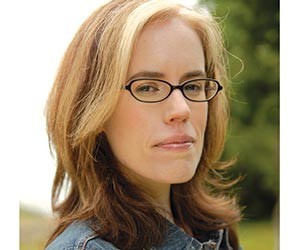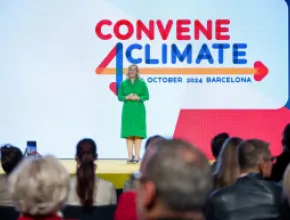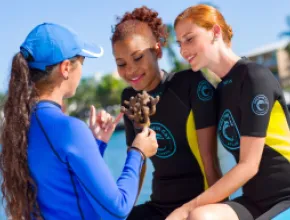Easy techniques for meetings sustainability measurement:
- Ask if your hotel or event venue can provide environmental footprint reports for your event. More and more properties have proprietary and third-party tools that can do this. Marriott, Hilton, Starwood and members of Green Hotels Global all use software that tracks footprints of their properties. If they have these tools, often some measurement can be freely reported to planners by inputting basic variables for your event (like number of attendees) so you receive estimates of energy and water use, as well as waste and recycling, all of which are based on utility data from the property. Ask about this in the sales process and require one of these typically free post-event reports in your contract.
- Create a partnership with a carbon offset provider. I’m not advocating that this be your first and only “green” event step, but carbon offset companies can do a couple of great things. If you can commit to offer an offset option to attendees or sponsor a partial or complete offset for your event, very often a carbon offset partner can estimate your emissions footprint as an added benefit, which you can monitor and manage over time. It is typically quite easy: You provide some basic information like number of attendees coming from certain locations, square feet of event space used, shuttle bus miles and number of room nights. If you have hybrid or virtual components you might also add these in, and ask for the benefit of this to be measured. Insert it into the “magic carbon offset partner calculation machine” and voila!—carbon footprint estimated, along with the percentage of emissions offset. Maybe even some carbon savings from hybrid or virtual components integrated.
- Harness your current tools. Most event planners these days have a mobile application. Every event typically requests attendees complete an evaluation. Consider adding some questions about sustainability to these tools and providing an incentive to complete them. Did attendees notice your efforts? Did they feel they helped improve the event? Were there certain actions they took on-site? Sometimes you can get a representative sample of opinions and actions by asking a few easy, extra questions. An attendee rating on sustainability is one of the most under-requested event measures in my experience–and an important one, when you think about it!
Here are my best “insider tips” about measurement:
- Don’t start with the number—start with what you want to learn. I often see statements like “We recycled 20 tons last year,” which is interesting, but as a statement lacks intention. Why do you measure recycling? Is it with some purpose in mind to reduce waste? If so, you may also want to measure landfill. Is it because you want to save money because it costs less to recycle than send material to a landfill? Then should you be tracking pounds, or dollars? Many measurements are collected like souvenirs–they’re memories of what you did. And we often reach for the most convenient ones on our way to catch our flight out (or too late in the planning process). This isn’t a bad thing, but it limits the usefulness of measurement as a management tool to contribute to goals. So start with the goal, and then decide the best ways to measure it.
- Don’t bother with the insignificant stuff. I get really absorbed in numbers—all of them! I often need to remind myself that I need to focus on the big stuff that have the biggest impacts that are most important to the people involved in and affected by the event. I think it’s very important that any event, for example, measure carbon emissions as these are a very material issue to events given the travel involved. Food waste is also important as it is a big problem and a huge source of cost, not to mention environmental impact.
- Commit to measure consistently. Measurement is a bit like dieting. To show good health you really need to stick to it. That is exactly why you don’t want to get too complicated! Any data you decide to collect about sustainable events should meet the test of longevity: If you know you can collect it for at least five years you might be on to something. If you’re only collecting it for one event it might be interesting from a story-telling perspective, but it’s really not useful as a tool for improving.
- Measure less stuff but measure it well, and often. I’ve found that sometimes when you start measuring you can get so wrapped up in data that you lose sight of what you’re really trying to learn, and it becomes hard to keep up with maintaining measurement. I always try to advise people to select a few things to measure well and regularly, rather than too many things inconsistently. Measurement drains resources, so don’t bite off more than you can chew.
- Be as accurate as you can, and when you can’t be 100 percent accurate, disclose any important assumptions. Events are pretty complicated to measure, so it’s hard to know everything and be 100 percent precise. Sometimes you have to make an educated guess. When you do, disclose your assumptions so people are aware and you can reduce your risk.
- Think comparatively! Measurement is of limited use if you can’t compare event to event, or year-to-year. So it can help to prioritize indicators that you’re likely to be able to achieve in many different situations.
- Ground your data in context. Measurement is interpreted differently when you add some boundaries: How large was the event? How long? What city was it in? All of these variables can impact whether your measures show a “good news” or “bad news” story.
Shawna McKinley is director of sustainability for MeetGreen, a Portland, Ore.-based company specializing in sustainable meetings, conventions and events. You can visit MeetGreen on the Web at http://meetgreen.com.






